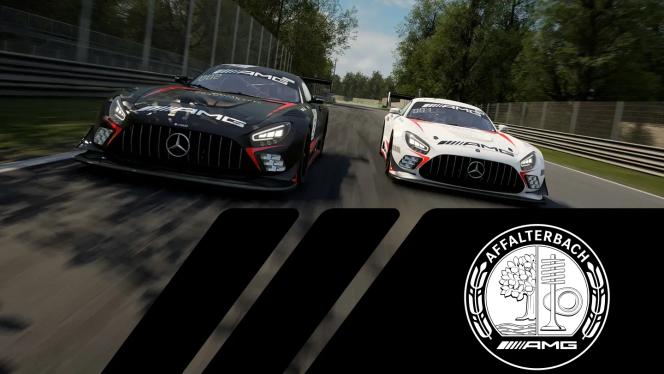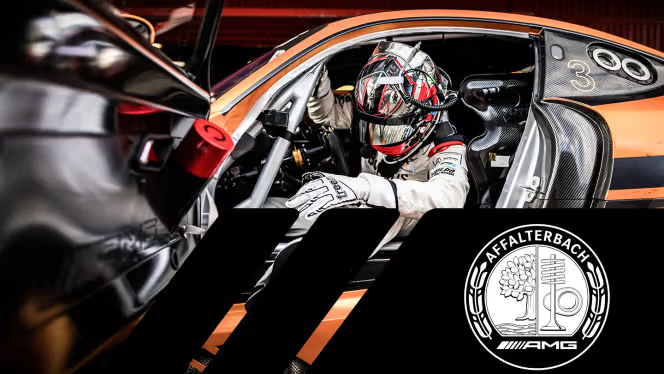Formula 1's technical revolution
Milestones in the art of engineering
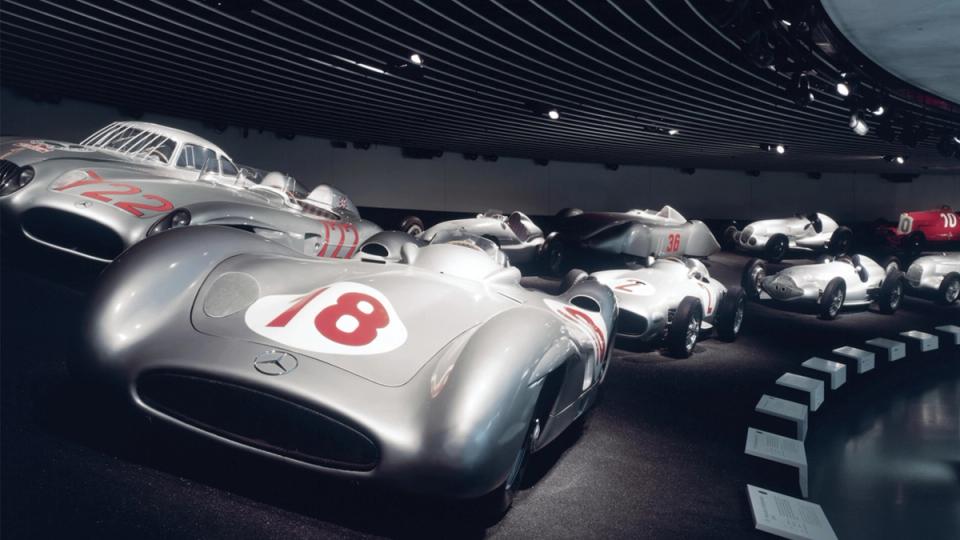
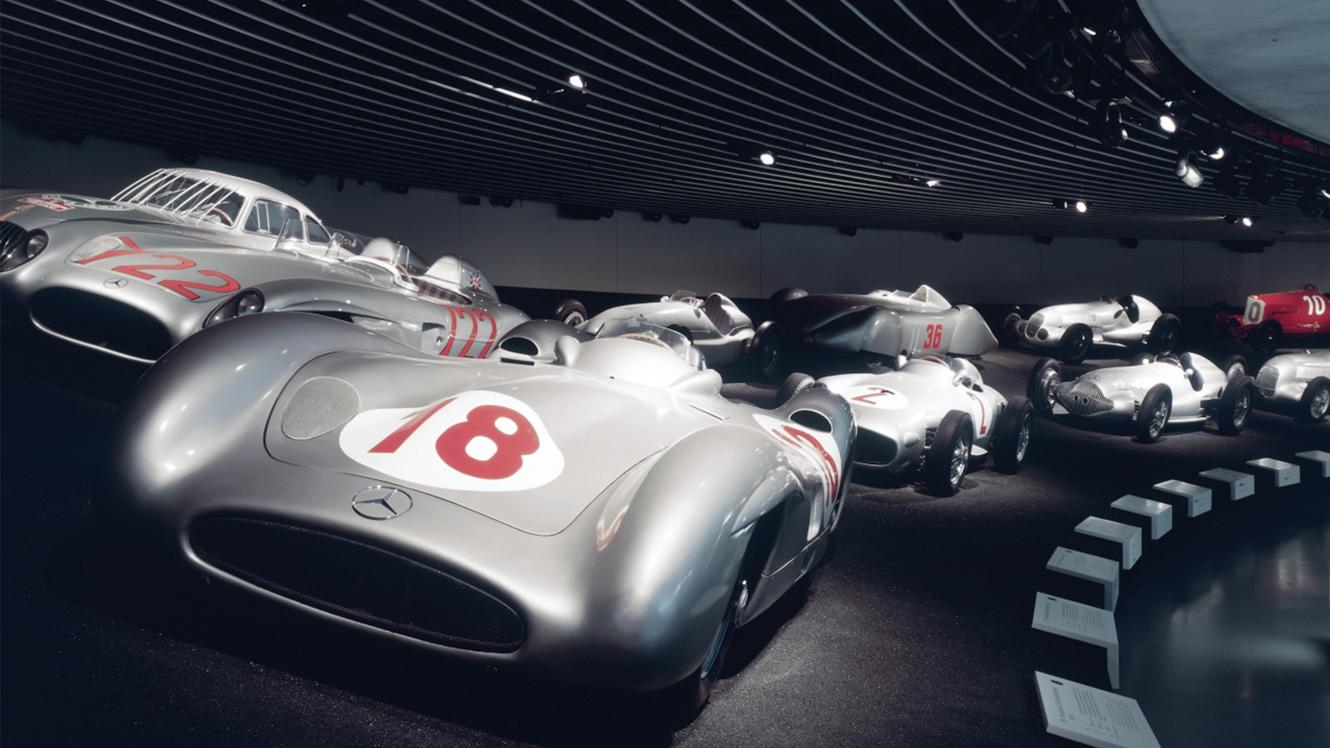
Motorsport's premier league was born in Silverstone, Great Britain, in 1950. It wasn't long before Formula 1 was delivering the thrills fans hoped for. Alfa Romeo unleashed an incredible 430 horsepower with a straight-eight engine as early as 1951. The promising start was followed by two years of disillusionment. In 1952 and 1953, there were not enough cars available and the company had to resort to engines from Formula 2 with four cylinders and only 2 liters of displacement. Fewer cylinders meant less output, and the horsepower figures fell to a range between 175 and 190. However, it was only a few short years before the eagerly awaited return to Formula 1 engines.
From 1960 onwards, safety concerns meant engines were regulated to an output to 1.5 liters without turbocharging. These were the smallest engines in Formula 1 history, reaching a maximum output of 230 horsepower by the mid-1960s. Meanwhile, four-wheel drive and the six-speed transmission become commonplace. Not wanting to stand still and looking to attract more automakers to the series, the FIA revised its rules. The new limit was 3 liters of displacement or 1.5 liters with an integrated turbocharger, plus free choice of engines and cylinders.
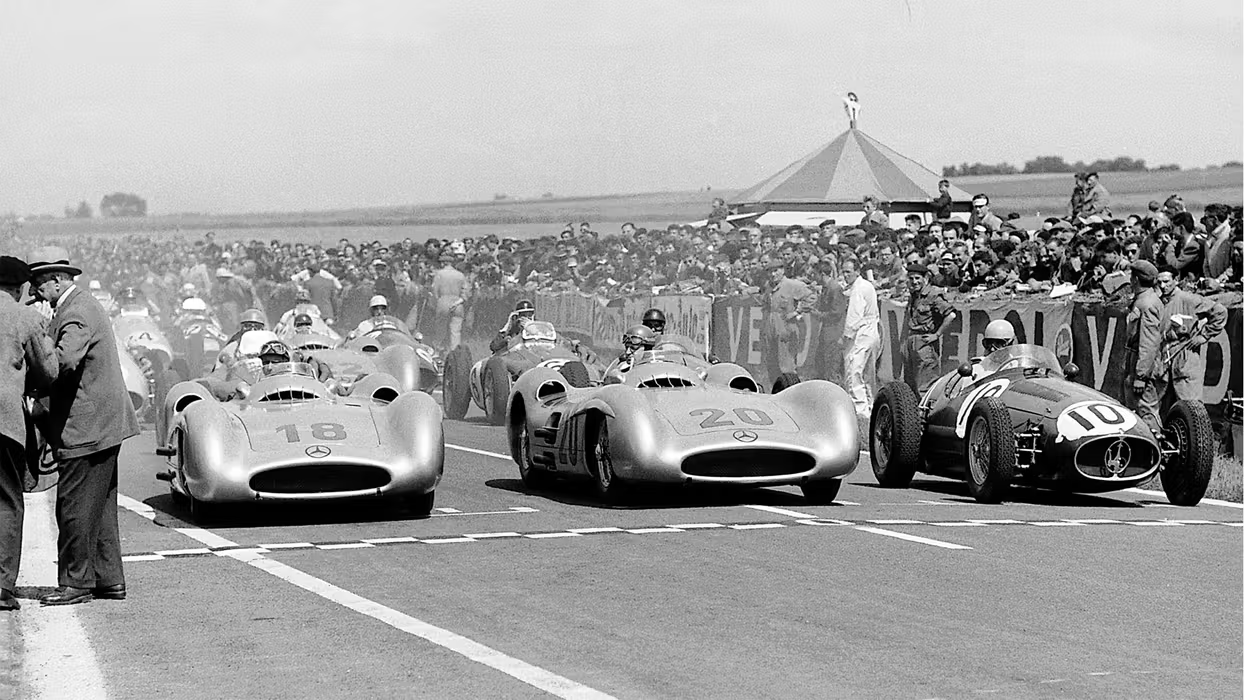
70 years of motorsport's premier league
Want to learn more about the exciting and eventful history of Formula 1? In our review, we look back on 70 years of motorsport's premier league. Re-live the beginnings of Formula 1, the most dominant drivers, and the most unforgettable races in the sport's history.
In the seventies, engines were often identical and it became increasingly important for engineering and aerodynamic ingenuity. At the time, only a few manufacturers were able to produce original designs. What followed was a decade of groundbreaking innovations and supercars. In 1971, for example, Pratt & Whitney's gas turbine achieved an impressive 520 horsepower. Unfortunately, its heavy weight and high fuel consumption prevented it from catching on. Vehicle design also adapted: Cooling elements moved to the sides, air intakes became more imposing, and oversized rear tires became a staple.
Spectators could hardly believe their eyes at the sight of the Tyrrel P 34. Equipped with six tires, it remains an unparalleled wildcard. Meanwhile, turbochargers, which had recently been neglected, delivered unimagined performance and shattered engine tests with over 5.0 bar boost pressure and 1000 horsepower. It was impossible to determine where exactly the record stood. BMW decided to claim it with a four-cylinder that rocketed to 1430 horsepower. The end of turbochargers came in 1989. Two years earlier, the displacement had been increased to 3.5 liters, topping out at 830 horsepower.
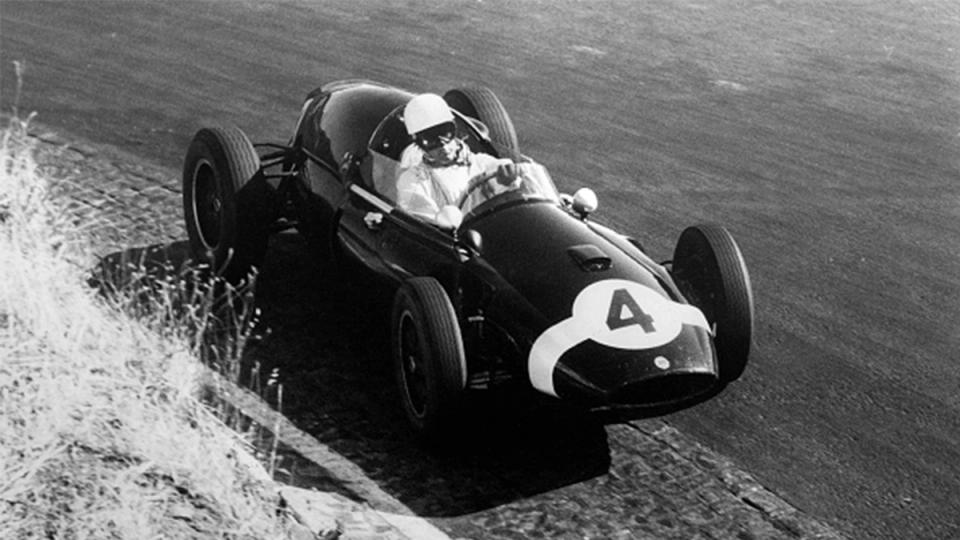
1957: Vehicle design revolution
Higher performance didn't automatically translate to more success. In 1959 and 1960, Cooper-Climax secured back-to-back world championships despite its engines putting out 60 fewer horsepower compared to the top teams. This was achieved by a technical trick developed in 1957 in which the engineers positioned the engine behind the driver for the first time, a major innovation in vehicle design.
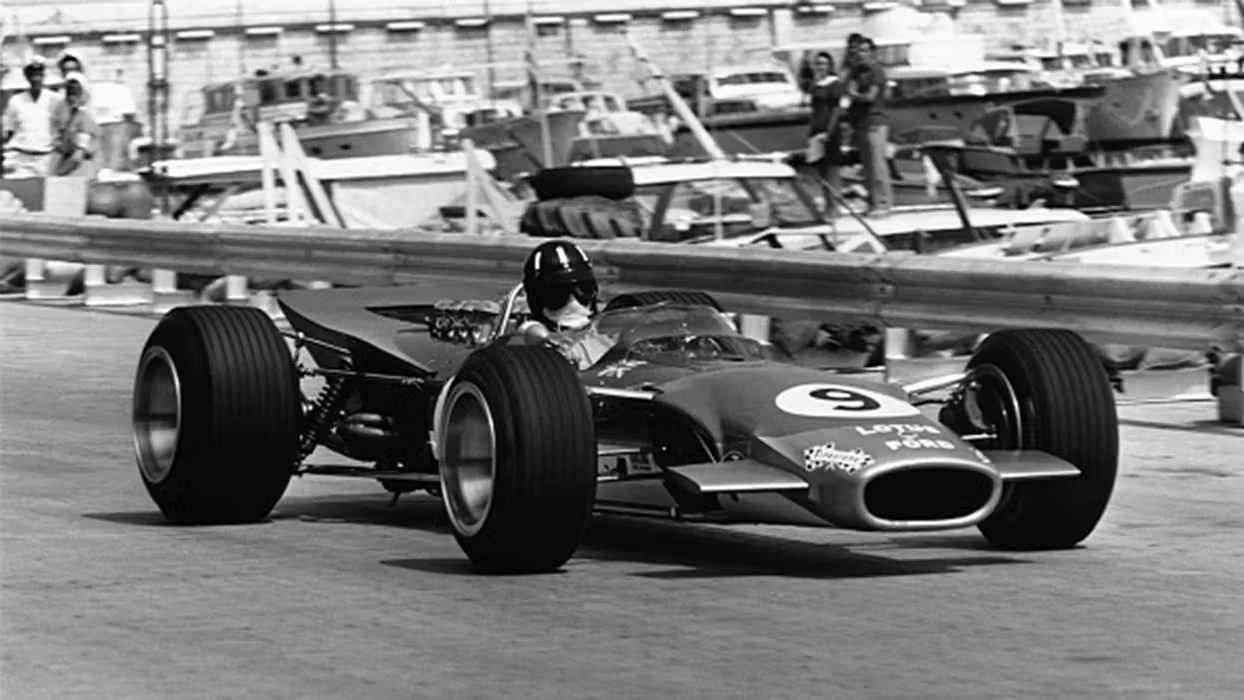
1968: The year of aerodynamics
In Monaco, Lotus set the standard for aerodynamics in Formula 1 with its front wing. But the other teams were not asleep. In the very next race, Ferrari and Brabham hit the circuit with additional rear wings to generate even more downforce.
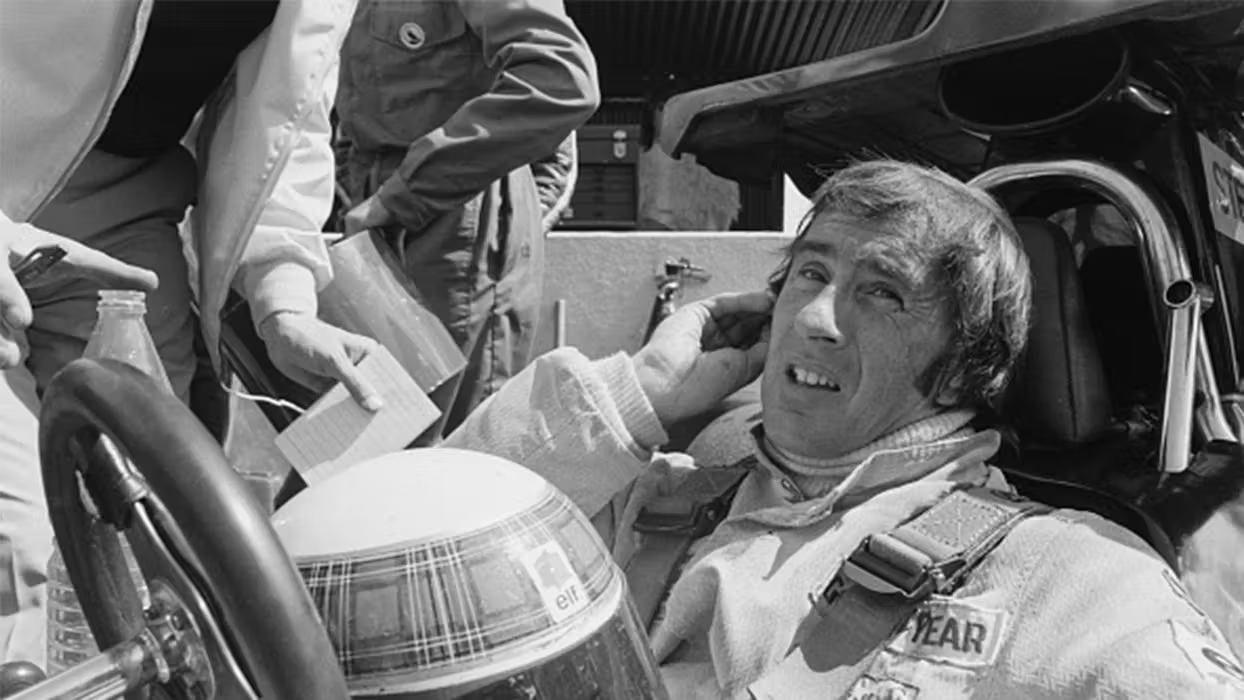
1972: Mandatory seat belts for more safety
Jackie Stewart's legacy in Formula 1 extended beyond his sporting success on the track. Like no other, the three-time world champion campaigned for greater safety in Formula 1 and was the driving behind mandatory seat belt use and a host of other reforms.
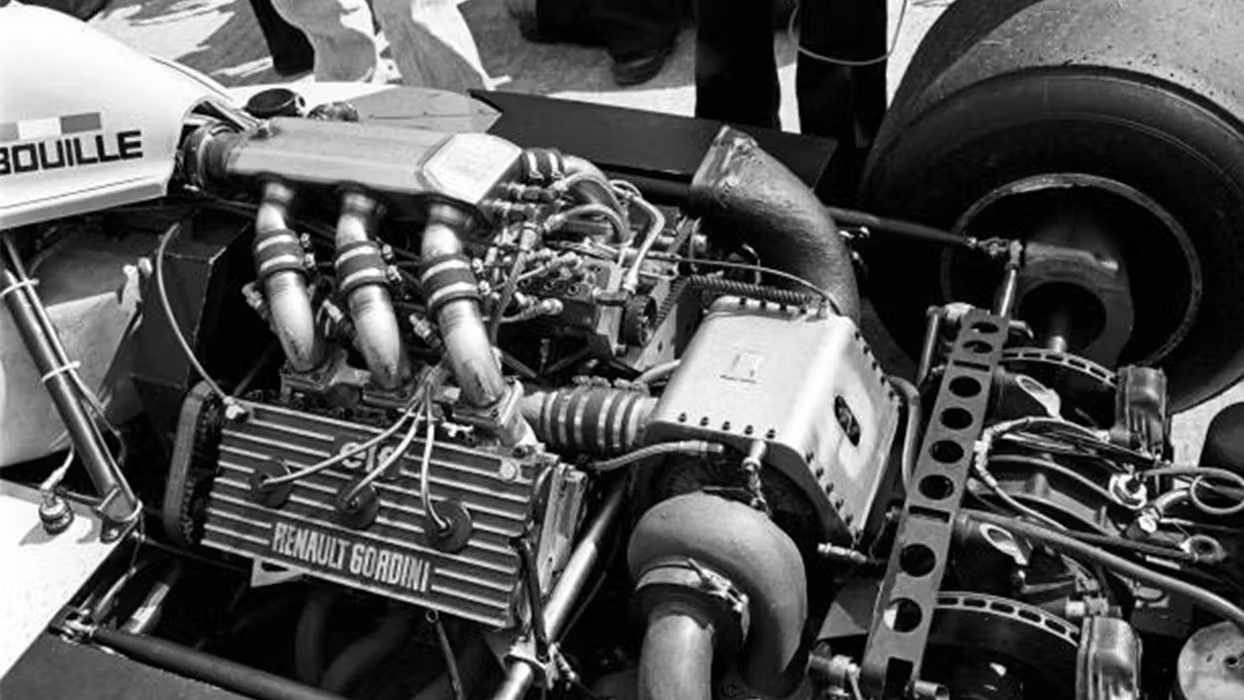
1977: The dominance of turbochargers
At the end of the seventies, turbochargers celebrated their breakthrough. This resulted in unparalleled heights in performance, pushing the technology of test rigs to their limits. It wasn't until 12 years later that the FIA put an end to the era.
1989: Semi-automatic transmission for more efficiency
Ferrari revolutionized gearshifting with the semi-automatic transmission, an idea that had already been floating around Formula 1 for a few years. From then on, drivers could change gears directly via the steering wheel without losing valuable time.
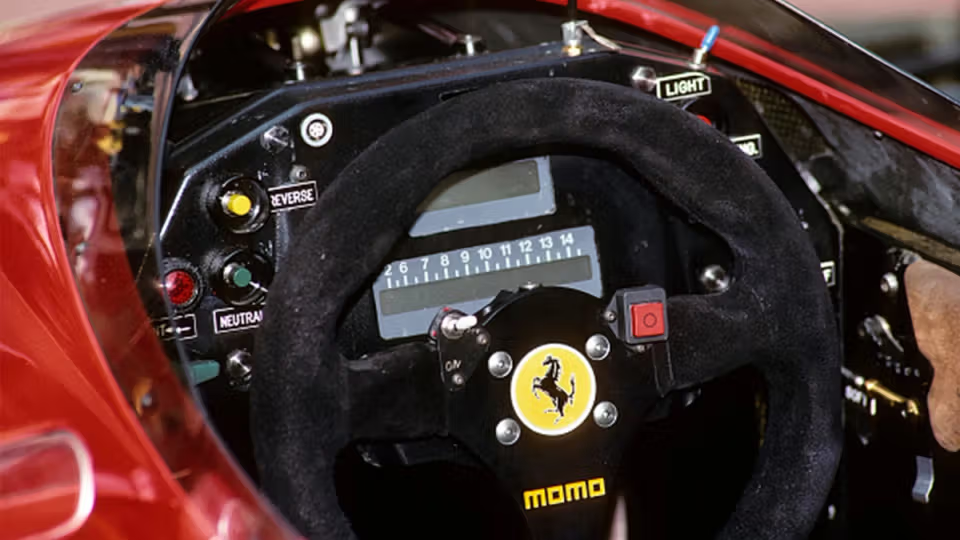
In the 90s, strikingly tall vehicle noses made their way into Formula 1. However, developments over the following years were marked by serious accidents. After the tragedy at Imola in 1994, in which Roland Ratzenberger and Ayrton Senna lost their lives, cars were throttled back to 3 liters. The cockpit design was also revised to prevent fatal accidents in the future. After the first carbon fiber driver's cabs in the eighties, cars became more compact; at the end of the nineties, grooved tires were introduced to further reduce speed in the corners.
The new millennium began with further tapering of naturally aspirated engines. High engine speeds and a low weight enabled the new 3-liter engines to produce up to 968 horsepower in short sprints. As a reaction to increasing horsepower figures, V8 engines were limited to a displacement of 2.4 liters and, some time later, there was even a halt to development. As a result, Mercedes recorded a top-of-the-class 760 horsepower. With the new KERS system, this output could be periodically increased by a further 80 horsepower.
The last twenty years has also seen a number of changes to F1 vehicles, rules, and regulations. The year 2010 in particular was a milestone in motorsport for Mercedes-AMG with the founding of its own production team. Mercedes-AMG's „W“ models catapulted the company as a dominant force in Formula 1, which remains the case today.
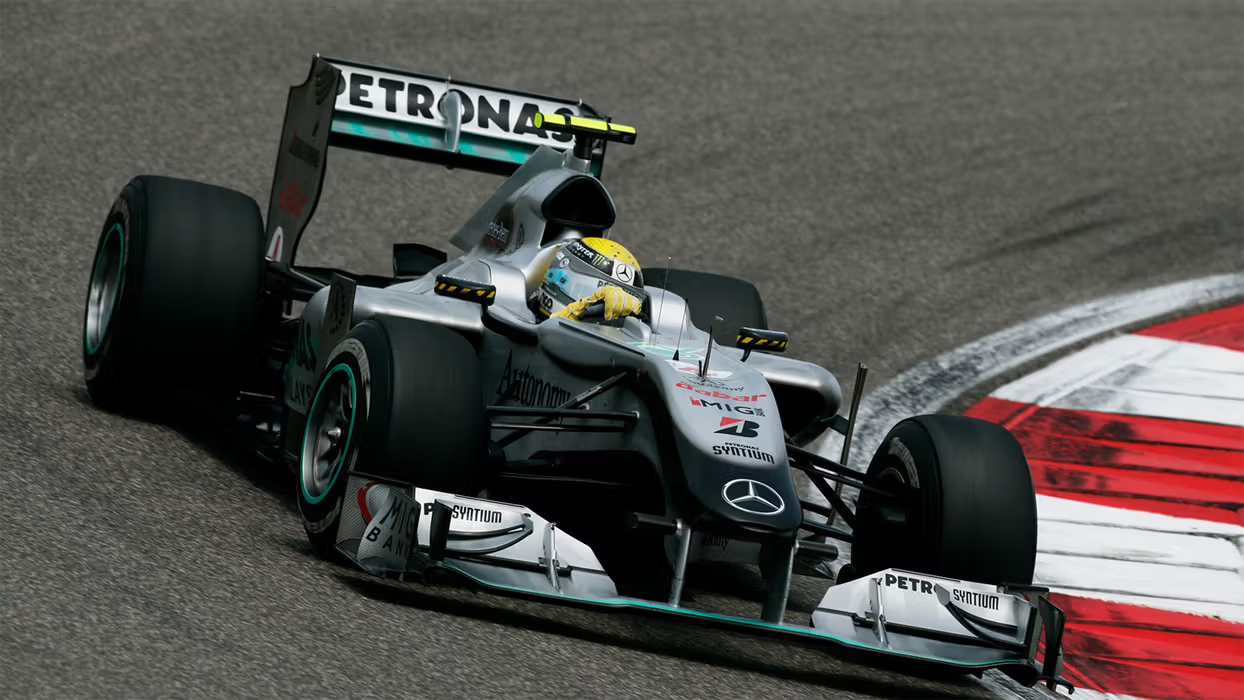
W 01
In 2010, the MGP W01 was the first vehicle of the newly founded Mercedes GP Petronas Formula 1 team, and the first pure production vehicle since the 1950s. Under the hood sat a naturally aspirated V8 engine with a displacement of 2.4 liters. Aesthetically, the silver-clad bolide shone with shades of turquoise. A unique roll bar behind the driver channeled air into the engine and over the rear. The Silver Arrow weighed in at just 620 kilograms – including the driver. The W01 was piloted by none other than Formula 1 legend Michael Schumacher and teammate Nico Rosberg. Together, the duo ushered in a new era for Mercedes-AMG, which finished its inaugural campaign with a fourth place finish in the Constructors' World Championship.
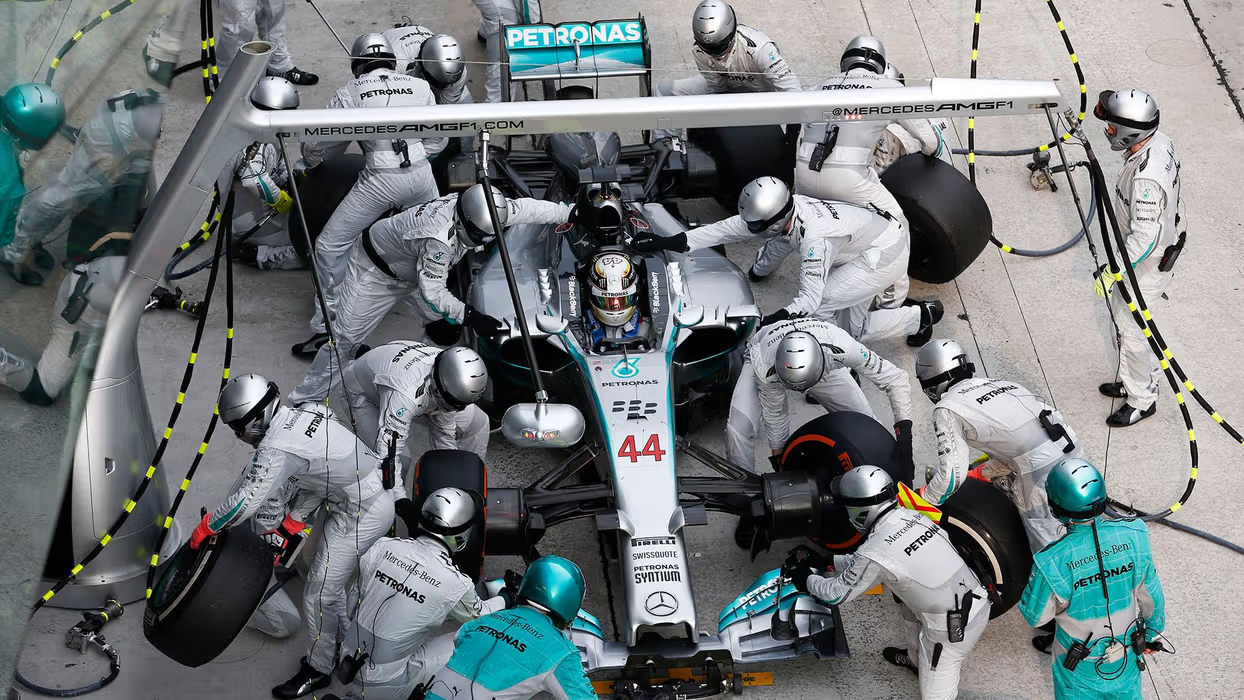
W 05
In 2014, Mercedes-AMG entered the hybrid era in Formula 1 with the F1 W05 Hybrid. The new 1.6-liter V6 turbocharged engines made their debut in the sport, as did the ERS system and the eight-speed transmission. The minimum weight of the vehicles was raised to 691 kilograms and the engine speed was limited to 15,000 rpm. There was only one central exhaust pipe and, for the first time, noses did not extend beyond the front wing. The engineers' greatest challenge was to adapt the chassis to the all-new, specially designed powertrain. Past years' efforts were not in vain: the team claimed titles through star driver Lewis Hamilton and the Constructors' World Championship.
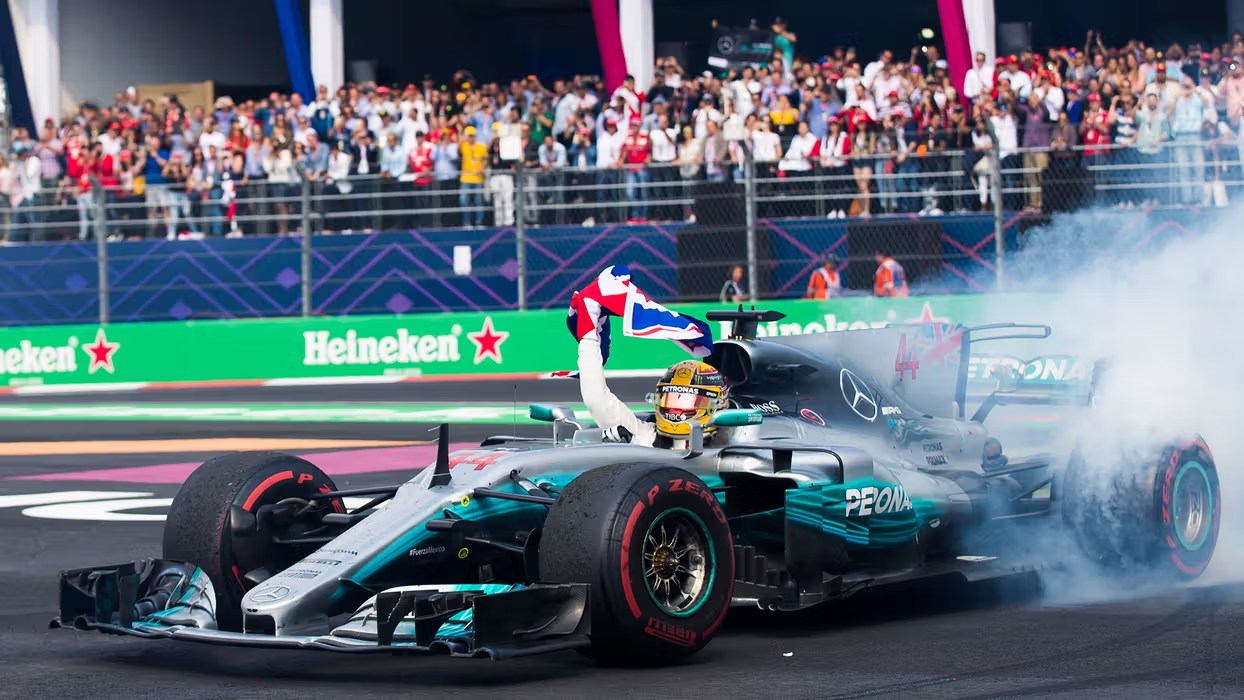
W 08
The 2017 season was marked by sweeping rule changes in aerodynamics, which altered the entire vehicle design. The F1 W08 EQ Power+ was not only longer and wider than its predecessors, but also featured a larger front wing, smaller rear wing, and a shark fin and T-wing on the tail. The size of the tires was increased by about 25% and there was a weight limit on certain components such as the MGU-H or MGU-K. Due to the vehicle's inconsistent performance, the W08 became affectionately known as "Diva" among the team. Ultimately, they defied the new challenges and captured the Silver Arrow's fourth consecutive double world championship, becoming the first team to defend its world title after a significant rule overhaul.
At the start of the 2021 Formula 1 season, Mercedes-AMG unveiled the F1 W12 Performance. In addition to the striking black paint job, which was also used in the previous year, the vehicle turned heads with a new aerodynamic concept.
